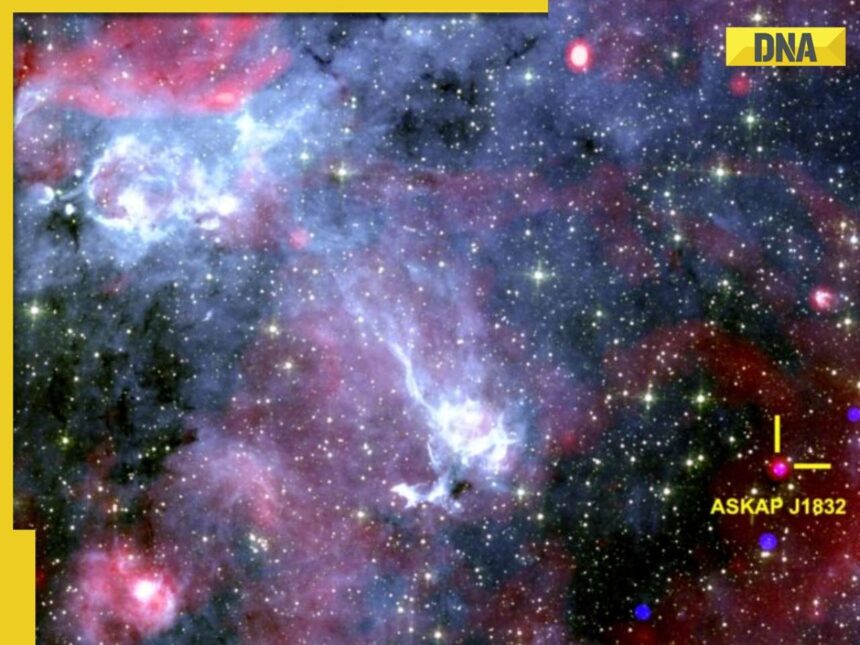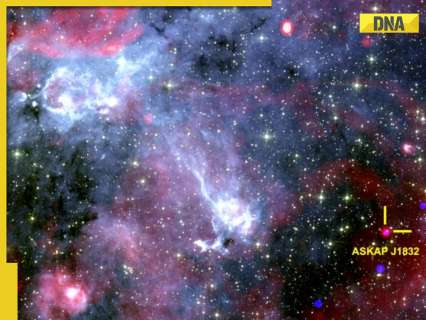Scientists are once again puzzled by the enigma of deep space with the discovery of a mysterious object that intermittently emits intense signals once every 44 minutes, creating a pattern of alternating two minutes of active signals followed by 42 minutes of silence.
The culprit in this cosmic conundrum is named ASKAP J1832-0911, featured in a published study in Nature. This celestial anomaly is distinct, emitting bursts of radio and X-ray waves, operating for a total of two minutes three times each 44 minute cycle.
In a detailed analysis, scientists interpret this pattern as non-traditional behavior relative to other known celestial bodies such as pulsars or magnetars, which typically exhibit less sporadic duration. However, the unique pattern displayed by ASKAP J1832-0911 is unparalleled in astronomy.
The discovery points to ASKAP J1832-0911 being part of a category called “long-period transients” because it intermittently emits radio-frequency bursts at extended intervals. Notably, most such transient phenomena do not emit X-rays, marking ASKAP J1832-0911 as particularly rare.
Numerous research exists about magnetars, which are believed to be remnants of exploded stars. However, their irregular behavior is markedly different from ASKAP J1832-0911.
Many scientists speculate that this newly observed body could be a magnetar, or another form of a massive star’s remnant. Continue monitoring and study of such objects could lead to groundbreaking insights, potentially unraveling historical mysteries in astronomy.









